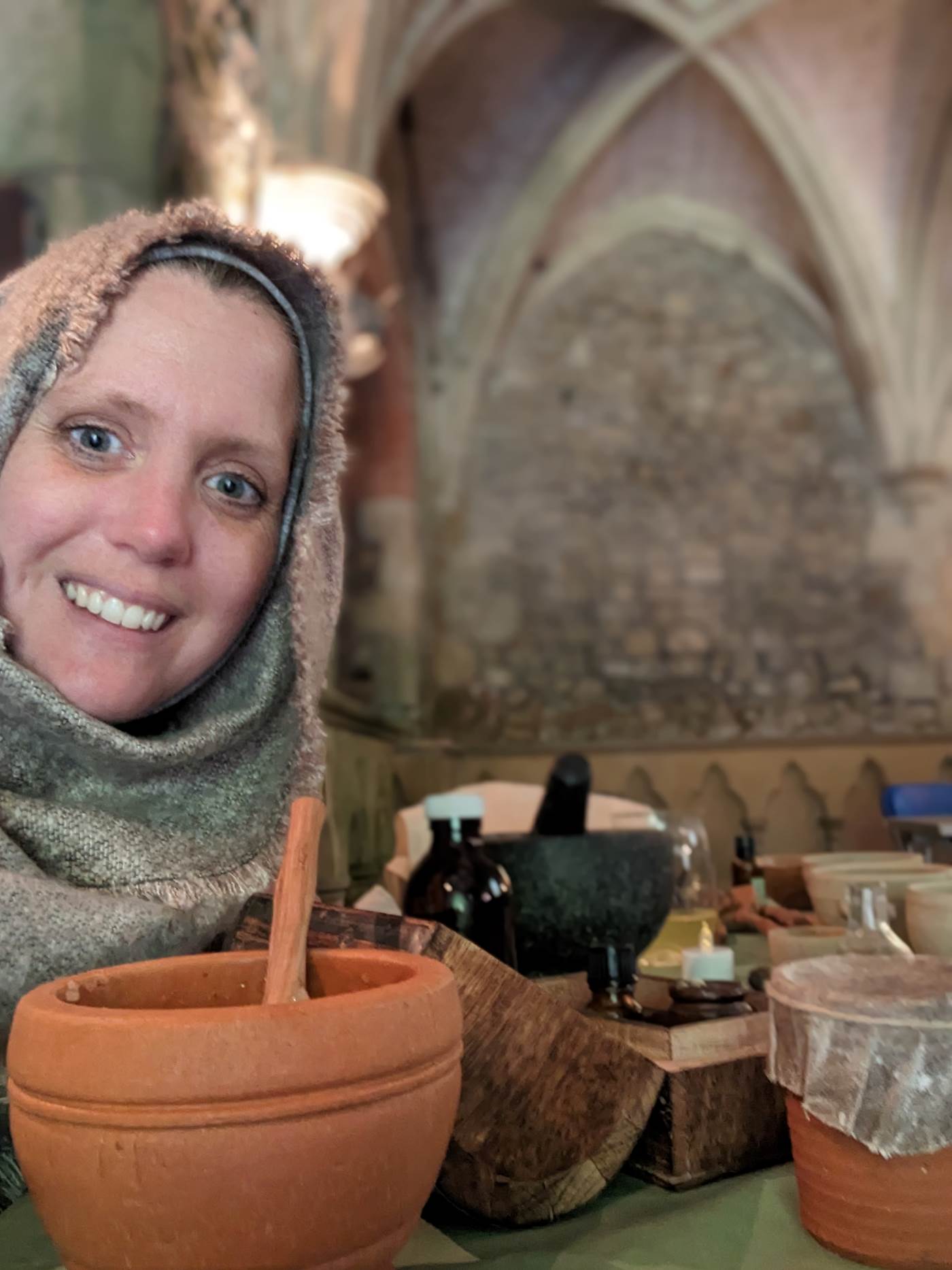The trials are a fascinating part of village history, a mixture of fact and fiction over hundreds of years has created a story that many today are still amazed by. But why did the trials take place and how can we make sure we teach this history in a way that doesn’t lose sight of the individuals, families and community behind the stories? In England 513 witches (mostly women) were put on trial between 1560 and 1700, but in many ways the situation at St. Osyth was unique. Firstly this was because it pre-dates a lot of the major witch trials across Europe and the accusations that took place during the lawless Civil War years under men like Matthew Hopkins. It pre-dates the publishing of ‘Daemonologie’ by King James VI of Scotland (and later 1st of England) from which a lot of guidance for juries on recognising witches comes from. It was the first big witch trial and the numbers accused accounted for 13% of all crimes brought before the Assizes (traveling courts) that decade. Let’s look at some of the reasons that this shameful part of our history started in this quiet backwater village.
We don’t have the death figures for St. Osyth in the years leading up to the Witch trials of 1582, but we do for some of the surrounding villages and they paint a very bleak picture. The death toll was three times higher than previous years. This must have created a culture of fear and in an age without scientific theory the people started to look for explanations among the people around them. St. Osyth was a very small village where most people were related and lived and worked alongside one another in farming and wool trade. For most life was hard and poverty was rife. Until 1539 the Priory had been the provider of alms, hospitality and medical care but once it closed there was no welfare state for those to lean on in hard times. Widows and women with illegitimate children were among the poorest and they survived by begging and borrowing from their neighbours. For an already poor community these individuals were becoming quite a burden and likely became the scapegoat for the fears the villagers felt. In St. Osyth these poor women were are the margins of society, they would have perhaps begged together for safety and may well have used intimidation as a way of getting what they needed and because it was safer for them if others feared them.
This period of History saw great religious change. For the first time Catholicism wasn’t the only religion in the country. Changes in Religious thought brought to the forefront a belief in an ongoing spiritual battle between good and evil. Looking back to the Christian creation story of Adam and Eve the belief that women were more easily tempted by the devil was preached. Women also had a reputation for an insatiable sexual appetite so could easily fall victim to the sexual temptations of the devil. Perhaps society was quick to look for faults in women and for men to look for ways to assert their authority over them as 1558 a woman took the highest position of authority in the country when Elizabeth I succeeded to the throne.

